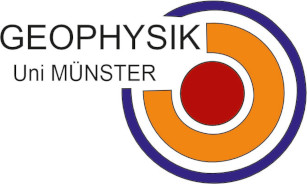Seismic Structure and Dynamics of the Earth’s Core
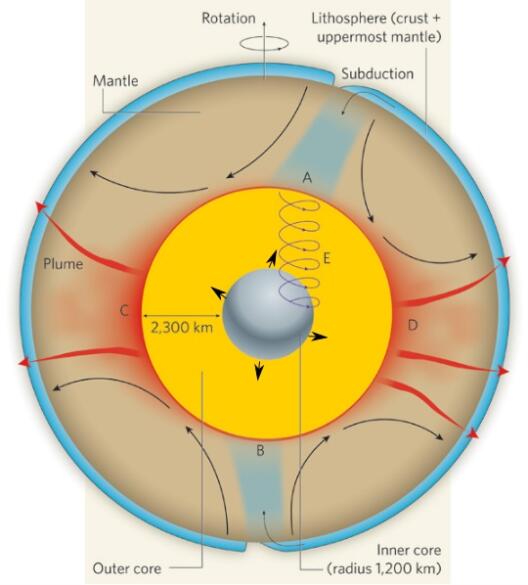
The Deep Earth System
Earth’s solid iron inner core is an enigmatic body located at a depth of 5153 km from the surface. It is actively crystallizing from the liquid iron outer core at a rate of about 1 mm/yr through secular cooling and pressure-freezing, which provide thermal and chemical energy to run the Geodynamo – convection in the liquid outer core that induces the Geomagnetic field. Also, heat transported through this process is at least partially contributing to convection in the mantle, which in turn drives plate tectonics. Thus, different domains in the interior of the Earth – from the centre to the surface – appears to work in unison, or in other words, as coupled systems.
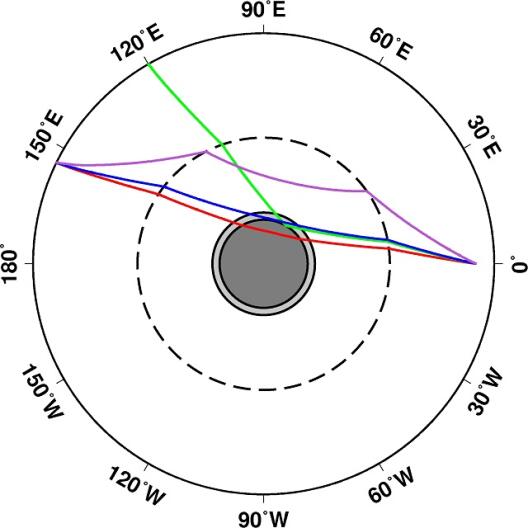
Data
Because the crystallization process driven by outer core convection largely governs the seismic structure of the inner core, precise determination of structure could be used to infer features of the convection in the outer core. The seismic structure in the most recently solidified region – upper ~100 km of the inner core – provides information about present-day spatial features of the outer core convection near the inner-outer core boundary, whereas that in deeper regions could provide information about how the Geodynamo has evolved. Precise determination of the seismic structure in the inner core from inverting full waveforms, however, is challenging because; (a) being only 0.7% of Earth’s volume, it is too small a target for seismic waves to interact with (b) crustal and mantle structures that seismic waves sample prior to interacting with the inner core distorts waveforms (c) earthquake source effects modify waveforms.
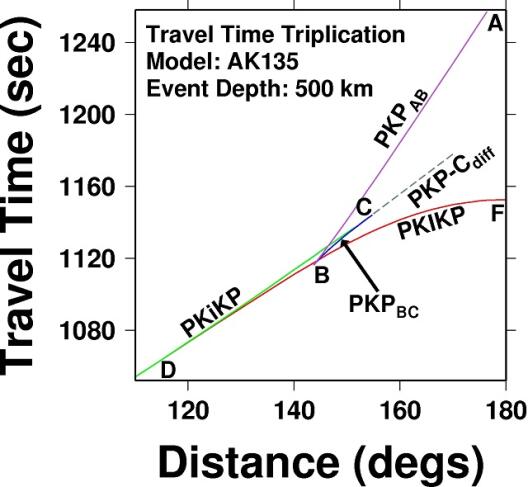
Recent Results
We handle waveform contamination from shallow structure and source effects via a new deconvolution procedure. Thereafter, we determine precise seismic velocity and attenuation in the uppermost 100 km of the inner core by inverting PKP-family waveforms.
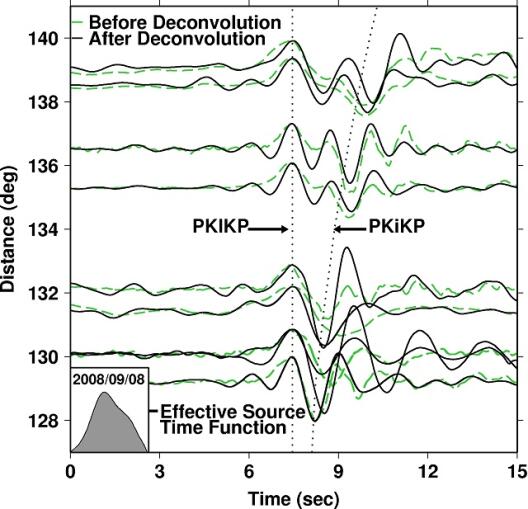
The spatial correlation between velocity and attenuation suggests that inner core structure is more complex than previously thought. In fact, we find the global structure of the inner core to be tripartite rather than hemispherical. In this new model, we find reduced seismic velocities along with increased attenuation beneath the Pacific.
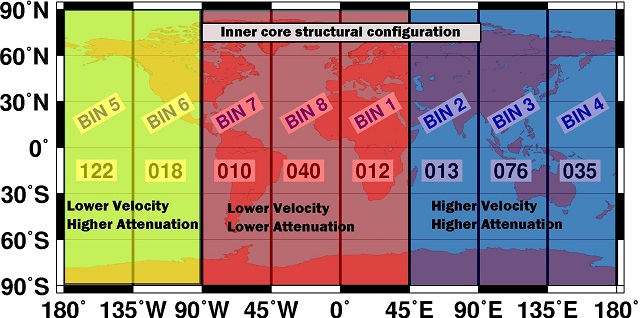
Based on predictions from mineral physics results, we infer that the shear modulus in the uppermost inner core beneath the Pacific is weakened. This could result from inefficient heat extraction predicted for this region in geodynamic simulations due to coupling between the inner-outer boundary and the core-mantle boundary heterogeneity through the outer core convection. Our models, therefore, might be showing first seismic evidence of very deep earth system coupling.
Current Work
Our seismic models are currently being refined by incorporating data from regions that have not been sampled before. Independent verification of these models is also underway using data having different sensitivities. For instance, we detect and model amplitudes of antipodal waves reflected from the underside of the inner-outer core boundary because they are strongly sensitive to the shear modulus at the point of reflection. Precise travel path of these waves is determined from seismic array processing, and their amplitudes are modelled using powerful techniques that can handle 3-D wave propagation effects.
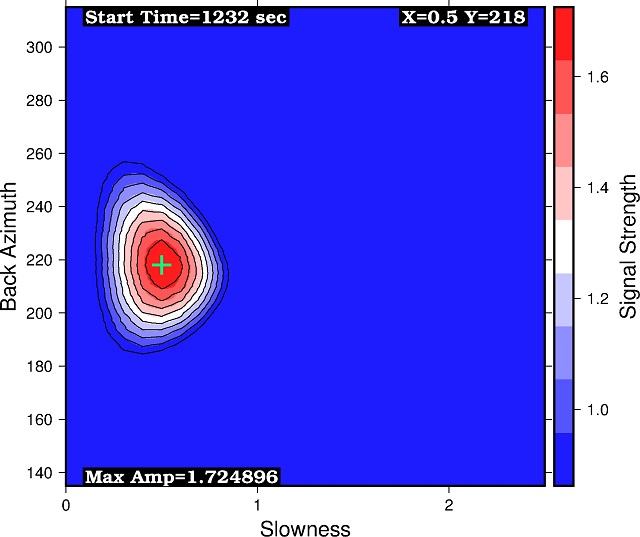
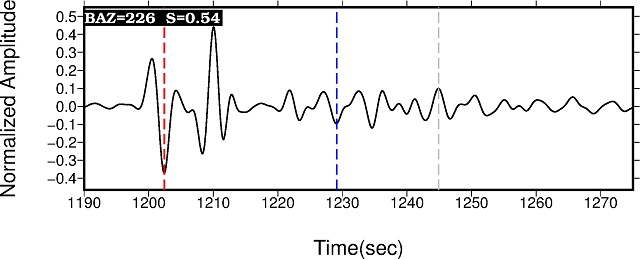
Student: Aniko Wirp
Collaborators: Christine Thomas (University of Münster), Vernon F. Cormier (University of Connecticut), Meghan S. Miller (Australian National University), Keith Koper (University of Utah)
For more information: https://sites.google.com/site/janukaattanayake/
References
Attanayake, J., V. F. Cormier, and S. M. de Silva, 2014. Uppermost inner core seismic structure – New insights from body waveform inversion, Earth Planet. Sci. Lett., 385, 49-58. doi:10.1016/j.epsl.2013.10.025
Cormier, V. F., and J. Attanayake, 2013. Earth’s solid inner core: Seismic implications of freezing and melting, J. Earth Sci., 24(5), 683-698. doi:10.1007/s12583-013-0363-9
Cormier, V. F., J. Attanayake and K. He, 2011. Inner core melting and freezing: Constraints from seismic body waves, Phys. Earth Planet. Inter., 188, 3-4, 163-172, doi:10.1016/j.pepi.2011.07.007
Lister, J. 2008. Structuring the inner core, Nature, 454, 701-702.

